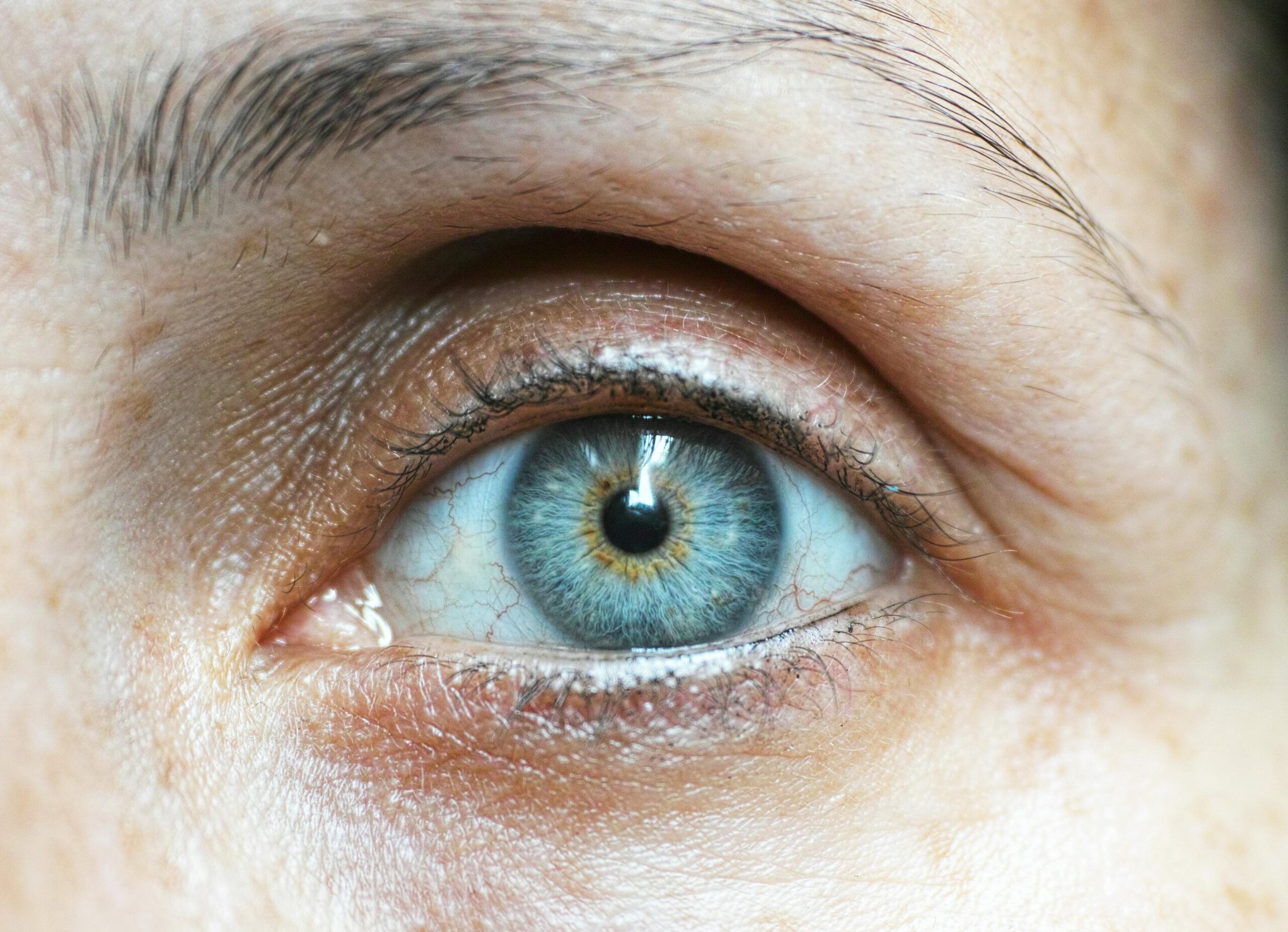In today’s technology-driven world, digital devices have become a central part of our daily lives. While screens offer convenience and connectivity, they also bring about health challenges such as digital eye strain, also known as Computer Vision Syndrome (CVS). Long-term use of screens can cause a number of bothersome eye conditions that lower quality of life and reduce productivity.
This comprehensive guide explores the causes, symptoms, and effective prevention strategies for digital eye strain to help you maintain optimal eye health in the digital age.
What is Digital Eye Strain?
Digital Eye Strain (DES), or Computer Vision Syndrome, is a group of vision-related problems that result from prolonged use of digital screens, such as computers, smartphones, tablets, and e-readers. It occurs due to the excessive demand placed on the eyes during screen time, often exacerbated by poor posture, improper lighting, and lack of breaks.
Causes of Digital Eye Strain
Digital eye strain is caused by a number of circumstances, including::
1. Prolonged Screen Time
The eyes have to work harder when you stare at screens for long periods of time without breaks, which causes strain and weariness.
2. Poor Lighting
Inadequate lighting or glare from screens can cause the eyes to strain while trying to focus on the screen content.
3. Improper Screen Position
Incorrect screen positioning, such as placing the screen too close or too far from the eyes, can affect visual comfort.
4. Reduced Blinking Rate
People tend to blink less frequently when concentrating on displays, which can cause discomfort and dry eyes.
5. Uncorrected Vision Problems
Pre-existing vision issues like astigmatism, hyperopia, or presbyopia can worsen digital eye strain symptoms if left uncorrected.
6. Blue Light Exposure
Digital screens emit blue light, which can penetrate deeper into the eye and contribute to eye strain, discomfort, and potential sleep disruption.
Symptoms of Digital Eye Strain
Common symptoms of digital eye strain include:
- Eye fatigue and discomfort
- Blurred vision
- Dry, itchy, or red eyes
- Headaches
- Neck and shoulder pain
- Difficulty concentrating
- Increased light sensitivity
If left unaddressed, digital eye strain can lead to chronic discomfort and decreased productivity.
Prevention Strategies for Digital Eye Strain
Fortunately, there are several effective ways to prevent and manage digital eye strain:
1. Follow the 20-20-20 Rule
Look at anything 20 feet away for 20 seconds every 20 minutes. By giving the eyes a chance to relax and refocus, this lessens eye strain.
2. Adjust Screen Position
Position your screen about 20-24 inches away from your eyes, with the top of the screen slightly below eye level to reduce strain on the eyes and neck.
3. Optimize Lighting
Ensure proper ambient lighting to avoid glare and reflections on the screen. Use anti-glare filters if necessary.
4. Use Blue Light Filters
Consider using blue light-blocking glasses or screen filters to minimize blue light exposure, especially during evening hours.
5. Blink More Often
To keep your eyes hydrated and avoid dryness, try to blink many times when using displays.
6. Take Regular Breaks
Incorporate short breaks throughout your workday to give your eyes time to relax.
7. Maintain Proper Posture
Adopt an ergonomic setup with proper screen height, chair support, and hand positioning to reduce strain on your eyes and body.
8. Stay Hydrated
Drink plenty of water to keep your body and eyes hydrated, preventing dryness.
9. Schedule Regular Eye Exams
Routine eye check-ups can help identify vision issues early and ensure you have the right prescription lenses if needed.
Conclusion
In a society when screens are everywhere, digital eye strain is becoming a bigger problem. By understanding its causes, recognizing symptoms early, and adopting effective preventive measures like the 20-20-20 rule and proper screen positioning, you can protect your eye health and maintain productivity. Make eye care a priority right now for a more comfortable and healthy digital experience.




